Q
What is the fuel consumption of Honda City?
The fuel consumption of the Honda City varies depending on the model and year. For example, the official combined fuel consumption of the 2023 Honda City 1.5 S, 1.5L E, and 1.5L V is 5.6 liters per 100 kilometers. The official combined fuel consumption of the 2023 Honda City 1.5L RS is also 5.6 liters per 100 kilometers. Due to its gasoline - hybrid system, the official combined fuel consumption of the 2023 Honda City 1.5L e:HEV RS is relatively low, at 3.6 liters per 100 kilometers. The official combined fuel consumption of older models such as those from 2020 - 2022 is about 5.4 liters per 100 kilometers, and that of the 2018 models is 5.7 liters per 100 kilometers. These are all official figures, and the actual fuel consumption may be affected by driving habits, road conditions, and vehicle load.
Special Disclaimer: This content is published by users and does not represent the views or position of PCauto.
Related Q&A
Q
What segment does Honda City belong to?
Honda City belongs to the B-Segment vehicle category. It has a wheelbase of 2,600mm, which meets the standard for B-segment cars with a wheelbase ranging from 2,500mm to 2,700mm. Moreover, Honda City offers a comfortable seating space that can accommodate five passengers. Meanwhile, its safety features are also quite comprehensive, all of which match the characteristics of a B-segment car.
Additionally, in the local market over the past few years, as a non-domestic B-segment sedan with high sales volume, the Honda City has always been the brand's flagship model of Honda. Whether it's for daily city commuting or family trips, it can perform very well. It also fits the characteristics of B-segment cars in terms of market positioning and actual usage scenarios.
Q
What is the residual value of Honda City?
The residual value of the Honda Civic can vary significantly due to multiple factors, including the vehicle's age, mileage, overall condition, and the current state of the local used - car market.
Honda is a well - known and highly reputable brand in Malaysia. Generally speaking, since Honda is renowned for its reliability and relatively low maintenance costs, the Honda Civic has a better chance of retaining its value compared to some less well - known brands.
Newer Honda Civic models (such as the 2023 and 2024 versions) may have a relatively high residual value if they are in excellent condition and have low mileage. For example, if a 2023 Honda Civic 1.5 S was purchased for RM 84,900, after one to two years of moderate use (assuming normal wear and tear, no major accidents, and proper maintenance), according to market conditions, it may retain a large portion of its original value, perhaps 60% - 75% of the purchase price.
Older models, like those from 2018 - 2020, will have a lower residual value. The vehicle's age, potentially higher mileage, and the launch of new - generation models will all reduce their value in the used - car market. However, if these older models are well - maintained, they can still be sold at a reasonable price, possibly around 30% - 50% of their original purchase price.
Market demand also plays a crucial role. If there is high demand for used Honda Civics in Malaysia, the residual value will increase. On the contrary, if there is an oversupply of used cars in the market, the residual value may decrease.
Q
What's the engine displacement of Honda City?
The displacement of the Honda City ranges from 1498cc to 1499cc. It is equipped with a 1.5-liter DOHC i-VTEC in-line four-cylinder naturally aspirated gasoline engine. This configuration can provide the vehicle with a stable power output to meet the needs of daily driving. Take the 2023 Honda City as an example. Multiple vehicle models all use this displacement engine, paired with a CVT continuously variable transmission. The official combined fuel consumption is about 5.6L/100km, combining both power and fuel economy. In addition, there may be differences in engine tuning and configuration details among different model years of the Honda City, but the displacement remains at this level.
Q
What engine is equipped by Honda City?
There are various engines equipped by different models of Honda City. Commonly, it is equipped with a 1.5-liter DOHC i-VTEC inline-four naturally aspirated gasoline engine, which delivers an output power of 121 PS (119 hp/89 kW) and a peak torque of 145 Nm, paired with a CVT. Additionally, for example, the 2023 Honda City 1.5L e:HEV RS is HEV, adopting a naturally aspirated intake system. Its engine has a maximum horsepower of 98 PS, and the electric motor has a maximum horsepower of 108 PS. The engines of different model years and specific variants may vary in power, torque and other aspects. The application of engine technology results in different performances of the vehicles in power output and fuel economy, allowing consumers to make choices according to their needs.
Q
What is the gearbox type of Honda City?
The gearbox types of Honda Civic vary depending on the model and year. Most Honda Civic models are equipped with a continuously variable transmission (CVT). This gearbox achieves smooth gear - shifting through a continuously variable gear ratio. Compared with traditional transmissions, it reduces the sense of jerk and allows the engine to operate at its optimal condition, thereby improving fuel economy and the smoothness of power output.
All 2023 Honda Civic 1.5L gasoline - powered models (S/E/V/RS) are equipped with CVT.
The 2023 Civic 1.5L e:HEV RS hybrid model is equipped with an electronic continuously variable transmission (E - CVT). The motor and the engine work together to optimize acceleration smoothness and energy management efficiency.
Older models such as those from 2018 - 2022 also mainly use CVTs, striking a balance between driving comfort and fuel economy.
The characteristics of the CVT make it an ideal choice for urban commuting, especially for users who value smoothness and fuel savings.
Q
What is the pitch circle diameter of Honda City?
The pitch circle diameter of the Honda City is 4x100, which is the standard specification used for most models of Honda in Malaysia, applicable to the 5th generation (2014 - 2020) and 6th generation (2020 to present) models. This measurement indicates that the four bolt holes of the wheel hub are arranged on a circle with a diameter of 100 mm, making it compatible with popular local models such as the Proton Saga and Perodua Myvi, facilitating wheel hub replacement or upgrades for owners.
It is important to note that, in addition to PCD, other parameters such as the center bore (CB), offset value (ET), and wheel diameter must also be verified during modifications. For example, the factory-fitted tire sizes for the 6th-generation Honda City are 185/55 R16 or 195/55 R16 (depending on the variant). It is recommended to maintain specifications close to the original when replacing wheels to ensure the suspension system and odometer calibration remain unaffected.
To verify wheel hub data for specific model years, refer to the tire pressure label on the door frame or consult authorized dealers.
Q
Does Honda City support Apple Carplay?
Currently, the latest generation (the 6th generation, from 2020 to present) of the Honda City sold in Malaysia comes standard with Apple CarPlay functionality (which requires an iPhone to use). Mobile phone connectivity is achieved through the 7 - inch or 8 - inch touchscreen on the center console (depending on the vehicle model version). This feature supports core applications such as navigation, music playback, and message viewing, and can be operated via Siri voice control.
It's important to note that the entry - level S version is equipped with Bluetooth audio and a USB port but does not have a touchscreen, so it does not support CarPlay. On the other hand, the E, V, and RS versions are fully equipped with the intelligent connectivity system.
If users own an older 5th - generation (2014 - 2020) Honda City, they need to confirm whether it is equipped with the compatible DA intelligent screen system (some later minor facelift models support it). Earlier versions may require a post - sales upgrade of the head unit to expand this functionality.
It is recommended to check the specific configurations through the official Honda Malaysia website before purchasing a car, or directly visit an authorized dealer to experience the actual vehicle functions.
Q
What type of tire is equipped by Honda City?
In Malaysia, the original - equipped tire brands of the Honda City vary depending on different models and configurations. Currently, common tires include Yokohama BluEarth - GT (Yokohama), Bridgestone Turanza T005 (Bridgestone), and Continental UC6 (Continental), etc., specifically depending on the model version and production batch.
Taking the 2023 model as an example, the City RS version usually comes standard with Bridgestone Turanza T005 tires in the size of 195/55 R16, which focus on noise reduction and comfort. On the other hand, mid - and low - end models may use Yokohama or Continental tires.
The selection of original tires mainly consider energy efficiency, durability, and wet - weather performance, which is suitable for Malaysia's rainy climate. It is recommended that car owners try to choose brands with the same specifications and similar performance when replacing tires to ensure driving safety and optimal handling performance. To confirm the tire brand of your vehicle, you can check the markings on the tire sidewall or refer to the user manual.
Q
Is Honda City a good car?
The Honda City is a vehicle with many highlights but also some certain drawbacks. Its advantages are quite obvious. In terms of design, it has absorbed the essence of popular Honda models like the Accord and Civic. The exterior is stylish and can meet the aesthetic needs of young consumers. The appearance of some minor facelift models has been optimized. For example, the design of the bumper has been improved, and the combination of the taillights with the rear spoiler makes it look more sporty.
In addition, it has abundant interior configurations. It has an approporiare screen size and armrest design, which enhance the riding comfort and storage space. Some models will also be equipped with wireless CarPlay and a wireless mobile phone charging panel.
It has excellent fuel economy. For instance, the official combined fuel consumption of the 1.5 - liter naturally aspirated engine version is as low as 5.6L/100km, and the hybrid version is even lower, reaching 3.6L/100km. The safety configuration is also relatively comprehensive, with standard features such as ABS anti - lock brakes, vehicle stability control, and multiple airbags.
However, it also has its disadvantages. Some gasoline - powered models use a front disc and rear drum brake system, which may be slightly inferior in braking performance compared to the front and rear disc brakes. Most of the in - car seats are manually adjustable, lacking features such as electric adjustment, ventilation, and heating, so there is a lack in comfort - related configurations.
Q
What is the width of Honda City?
Currently, the body width of the Honda City (6th generation, from 2020 to present) in Malaysia is 1,748 millimeters. This width is a mainstream size among compact cars in the same class (such as the Toyota Vios and Nissan Almera), ensuring both in - car space comfort and good maneuverability during busy city driving. It should be noted that this data refers to the widest part of the car body, excluding the rear - view mirrors. If the width with the exterior rear - view mirrors unfolded is included, the total width is approximately 1,950 millimeters, which has a certain impact when entering or exiting narrow parking spaces or alleys. If you're considering buying or driving a Honda City, it's advisable to first experience whether its body size suits common parking spaces or road conditions in Malaysia, especially in traffic - congested areas like Kuala Lumpur.
Latest Q&A
Q
Toyota Hiace how many seats
The Toyota Hiace is a staple in Malaysia's commercial and family vehicle scene, with seating options that vary by trim. The standard models, like the Hiace Van, typically offer 12 to 15 seats—perfect for commercial shuttle services or group outings. On the flip side, the more upscale variants such as the Hiace Super Grandia trim down to 9 to 11 seats, prioritizing comfort with premium upholstery and rear air-conditioning, ideal for family trips or business reception. It is worth noting that some aftermarket shops also offer custom seating configurations, such as adjusting to 13 seats or reducing to 8 seats to flexibly adapt to different uses. For Malaysian buyers, the Hiace's biggest draws are its legendary durability, high ground clearance that handles local road conditions like a champ, and wallet-friendly maintenance costs. The diesel engine variants, in particular, stand out for their impressive fuel efficiency. For the most accurate specs, though, your best bet is to hit up a Toyota Malaysia authorized dealer. They can walk you through the latest model year details, including safety features like ABS and dual airbags—stuff that could definitely sway your final purchase call.
Q
How many models does Toyota Hiace have
The Toyota Hiace is a total workhorse and family favorite here in Malaysia, killing it in both commercial and personal use. You’ll mainly find a few go-to variants cruising our roads: the standard Hiace Van, the Hiace Commuter (that’s the people-hauler), and the top-dog Hiace Super Grandia (the luxury liner). These aren’t just badge swaps—they’re built for different jobs. The Hiace Van? It’s all about getting cargo from A to B, no frills, just space. But the Commuter and Super Grandia? They’re where comfort takes the wheel, packing nicer seats, better air-con, and all that extra kit to keep passengers happy.
Under the hood, Toyota’s got you covered with diesel and petrol engine options, so whether you’re after torque for heavy loads or something smoother for daily drives, there’s a Hiace for that. Malaysians swear by this van for a reason—its legendary durability and rock-solid resale value are huge wins. Plus, that cavernous interior and flexible seating? Perfect for everything from running a business to shuttling the whole family (and then some).
If you’re thinking of adding a Hiace to your fleet or driveway, do yourself a favor: figure out what you’ll *really* use it for, then hit up your nearest authorized dealer for a test drive. Trust me, you’ve gotta feel that space and drive to get the full picture.
Q
Mitsubishi Xpander made in which country
The Mitsubishi Xpander is a multi-purpose vehicle (MPV) primarily built in Indonesia, rolling off the lines at Mitsubishi Motors' local plant there. Since its launch back in 2017, this people-mover has struck a chord in Southeast Asian markets – Malaysia included – thanks to its roomy interior and all-around practicality.
The Xpander's design does a neat job balancing the agility needed for city hops with the space requirements of family getaways. Under the hood, you'll find a 1.5-liter MIVEC engine, which delivers smooth power and decent fuel efficiency – perfect for Malaysia's varied road conditions, whether you're navigating city streets or hitting the highway.
What really makes it stand out for Malaysian families, though, are those thoughtful touches: the generous ground clearance that handles those unexpected potholes, and the super flexible seating arrangements that let you juggle passengers and cargo with ease. Being purpose-built for Southeast Asia, the Xpander nails the local adaptations. Think a robust air conditioning system that laughs at our tropical heat, and interior materials that can take the daily grind – little wonder it's a top pick among Malaysian buyers.
If the Xpander has piqued your interest, swing by your nearest Mitsubishi dealership for a test drive. There's no better way to get a feel for how it drives and just how practical it really is.
Q
how many seater is Mitsubishi Xpander
The Mitsubishi Xpander has carved out a solid following in Malaysia's MPV scene, and it's easy to see why. This 7-seater is a hit with families, thanks to its roomy interior and smartly designed, flexible seating. The 2+3+2 layout works well – the second row slides back and forth to free up legroom, while the third row is perfect for kids or adults on shorter trips. Need more cargo space? Just fold those rear seats down, and you've got plenty of room for whatever you're hauling.
Under the hood, there's a 1.5-liter MIVEC naturally aspirated engine, paired with either a 4-speed auto or 5-speed manual gearbox. It's not about speed here; it's about that smooth, easy drive for daily use and keeping fuel costs in check – exactly what family buyers want.
Practical touches don't stop there. You get handy features like a multifunction steering wheel, a touchscreen infotainment system, and a reverse camera, all of which make life behind the wheel that bit easier.
What really makes the Xpander stand out in Malaysia, though, is its whole package. It's priced reasonably, Mitsubishi's known for building reliable cars, and their after-sales network here is pretty extensive. If you're a consumer who prioritizes space and getting good value for your money, this is a solid pick in the practical family MPV segment.
Q
how much is the Mitsubishi Xpander
The Mitsubishi Xpander's pricing in Malaysia varies depending on the trim level and specifications. The entry-level Xpander Standard starts at approximately RM92,890, while the higher-spec Xpander Premium comes in at around RM99,890. Actual prices may fluctuate based on dealer promotions or optional extras selected. This 7-seater MPV has struck a chord with local families thanks to its spacious interior, practicality, and strong value for money. Under the hood, you'll find a 1.5L MIVEC naturally aspirated engine churning out 105PS and 141Nm, paired with a 4-speed automatic transmission. Fuel efficiency is rated at around 6.6L/100km. Convenience features include LED daytime running lights and power-folding side mirrors.
Notably, the Xpander boasts a generous 205mm of ground clearance, making it better suited than your average MPV for those rougher patches of road you might encounter around Malaysia. Its "Dynamic Shield" family face also gives it a distinct and recognizable look on the road. When considering rivals in the same segment, the Toyota Avanza or Honda BR-V might come to mind, but the Xpander holds an edge in terms of third-row space and cargo-carrying versatility. It's always a good idea to head down to an authorized showroom for a test drive to get a real feel for how it handles, and to check out the latest promotions – things like low-interest financing or complimentary service packages could sweeten the deal.
View MoreRelated News
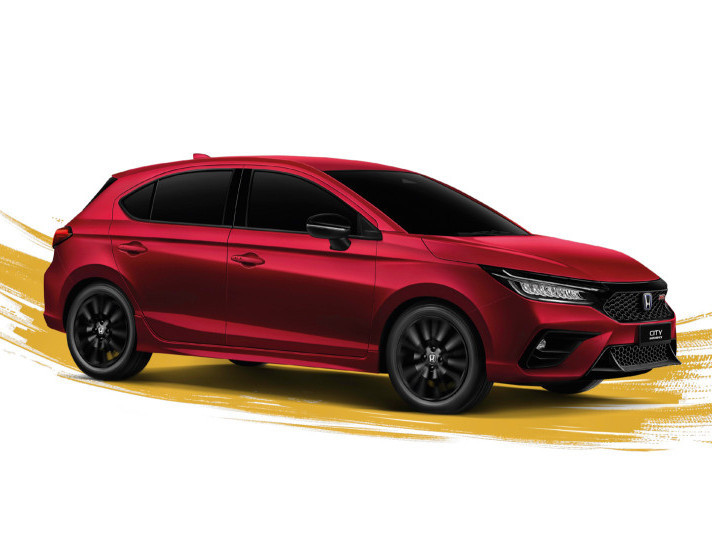
Honda City Hatchback Interior: Surprising Space Inside a Compact Body
WilliamJul 16, 2025
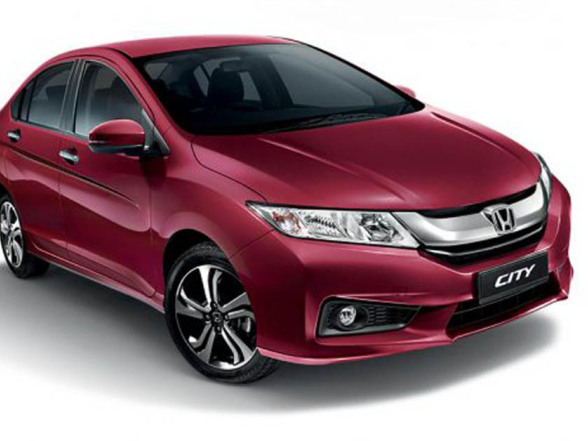
Should You Buy a Used Honda City GM6? – Get Idea Here!
RobertJun 23, 2025
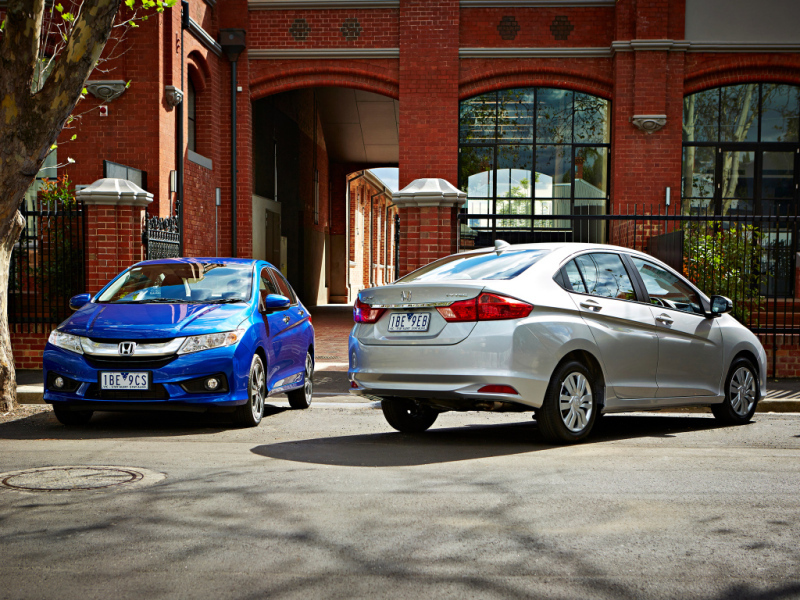
Is it worth buying a used Honda City GM7?
LienMar 7, 2025
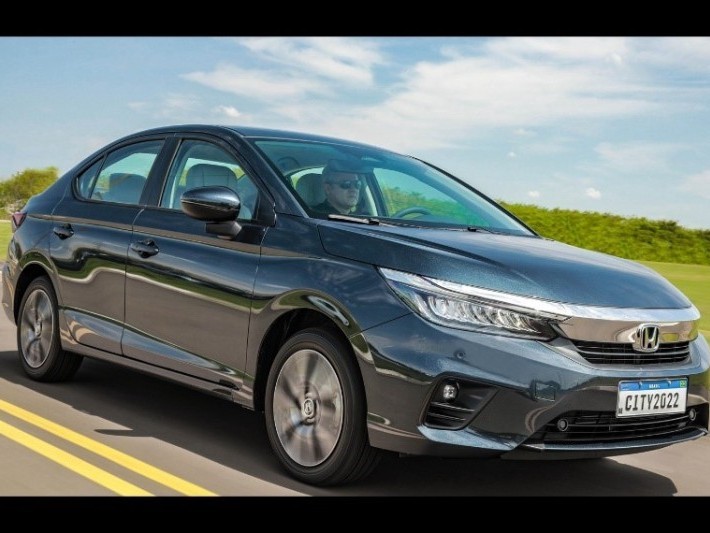
Limited to 99 units! Honda City SE Special Edition goes on sale, accused of clearing inventory?
LienSep 27, 2024
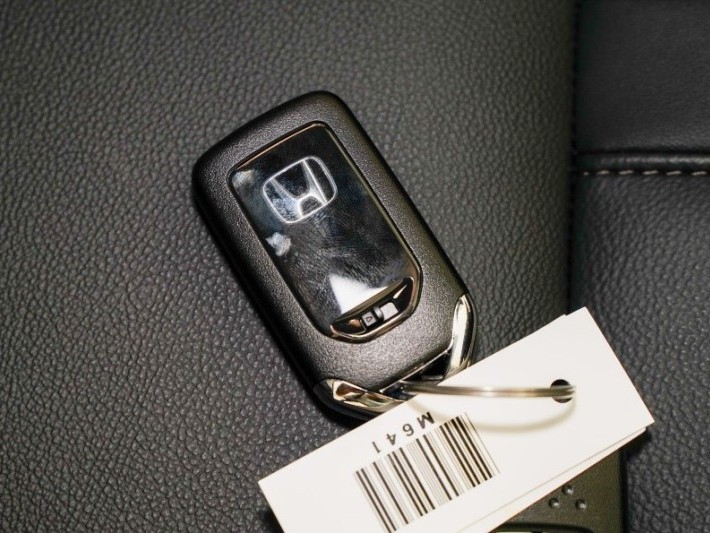
The cost of using Honda City revealed: How much does it actually cost to use for 5 years?
Kevin WongSep 19, 2024
View More












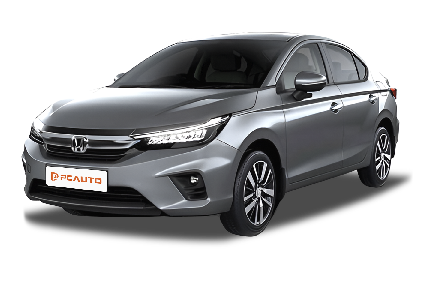
 Cars
Cars




Pros
Cons